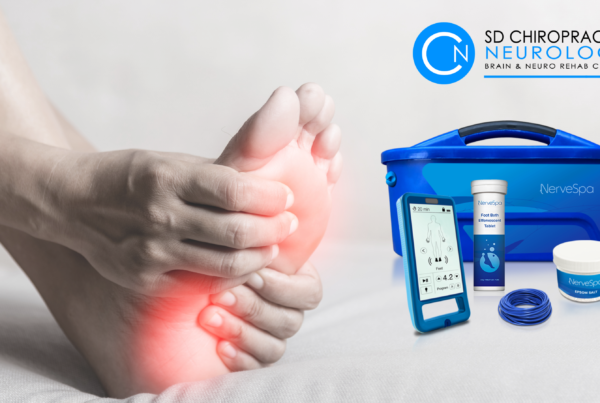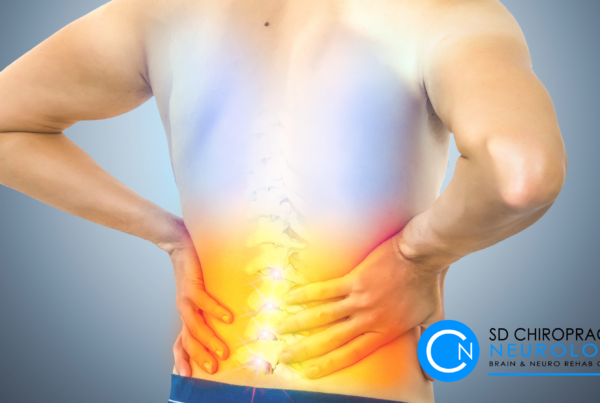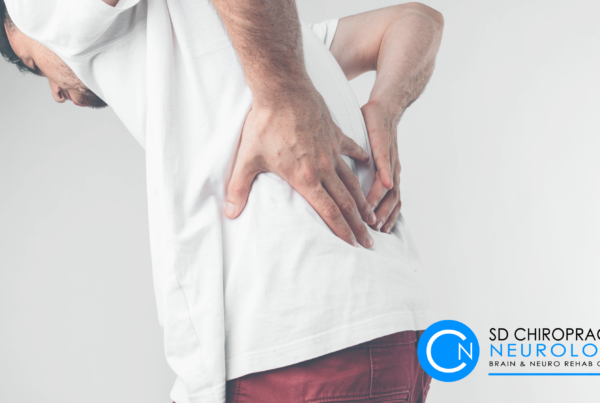
Introduction
Millions of people worldwide are afflicted by the prevalent medical ailment known as spinal stenosis. The spinal canal constriction that characterizes it can cause a number of symptoms, such as pain, numbness, and paralysis in the legs or lower back. Many people are curious as to whether this ailment has a hereditary component despite the fact that it is frequently connected to age-related spine deterioration. We’ll talk about the subject of hereditary spinal stenosis in this blog post.
Spinal stenosis: An Overview
Let’s first get a firm grasp on the fundamentals of spinal stenosis before we get into the genetic components. The leading cause of this disorder is a narrowing or compression of the areas in the spine through which the spinal cord and nerves pass. The constriction can affect the cervical (neck) and lumbar (lower back) parts of the spine, with the latter being more frequently affected.
There are numerous factors that can cause spinal stenosis, including:
Age-related changes: The spine gradually wears down over time, which can result in osteoarthritis and the formation of bone spurs. The spinal canal may narrow as a result of these aging-related alterations.
Herniated discs: In the spine, discs serve as a cushion between the vertebrae. The spinal cord or nerves may be compressed when a disc herniates or bulges, which can exacerbate stenosis.
Trauma or injury: If the structures of the spine are damaged by spinal injuries, fractures, or accidents, spinal stenosis may ensue.
Congenital factors: Congenital stenosis is a condition when a person’s spinal canal is smaller than normal at birth. An individual may be more prone to later-life spinal stenosis symptoms because of this congenital constriction.
Even while spinal stenosis does not directly have a hereditary component, evidence indicates that genetics may have an impact on how it develops. Here are some important things to think about:
Family History: The fact that spinal stenosis can run in families is one of the strongest arguments in favor of a genetic component. You may be at a higher risk of getting spinal stenosis yourself if you have close relatives—such as parents or siblings—who have the ailment.
Genetic Predisposition: An individual’s susceptibility to the risk factors connected to spinal stenosis may be influenced by genetic factors. A person’s response to environmental conditions like injury or inflammation, for instance, or how their spine degenerates over time may be influenced by specific genes.
Interaction with Lifestyle Factors: Spinal stenosis is not solely influenced by heredity, as is frequently believed. Lifestyle factors that affect its growth include physical exercise, posture, and employment. In addition, genetic and lifestyle factors may interact to affect a person’s total risk.
Maintaining good posture can help to relieve pressure on the spine and lower the risk of spinal stenosis.
Manage Existing Issues: Work closely with your healthcare practitioner to treat existing issues including osteoarthritis or ruptured discs.
Conclusion
Although spinal stenosis isn’t directly inherited, there is evidence that a person’s susceptibility to the ailment may be influenced by genetics. However, the relationship between hereditary and lifestyle variables is complicated, and a number of different factors work together to influence the development of spinal stenosis. Consult with our Doctors who can offer advice and suitable treatment choices if you are concerned about your risk or are exhibiting signs of spinal stenosis.





